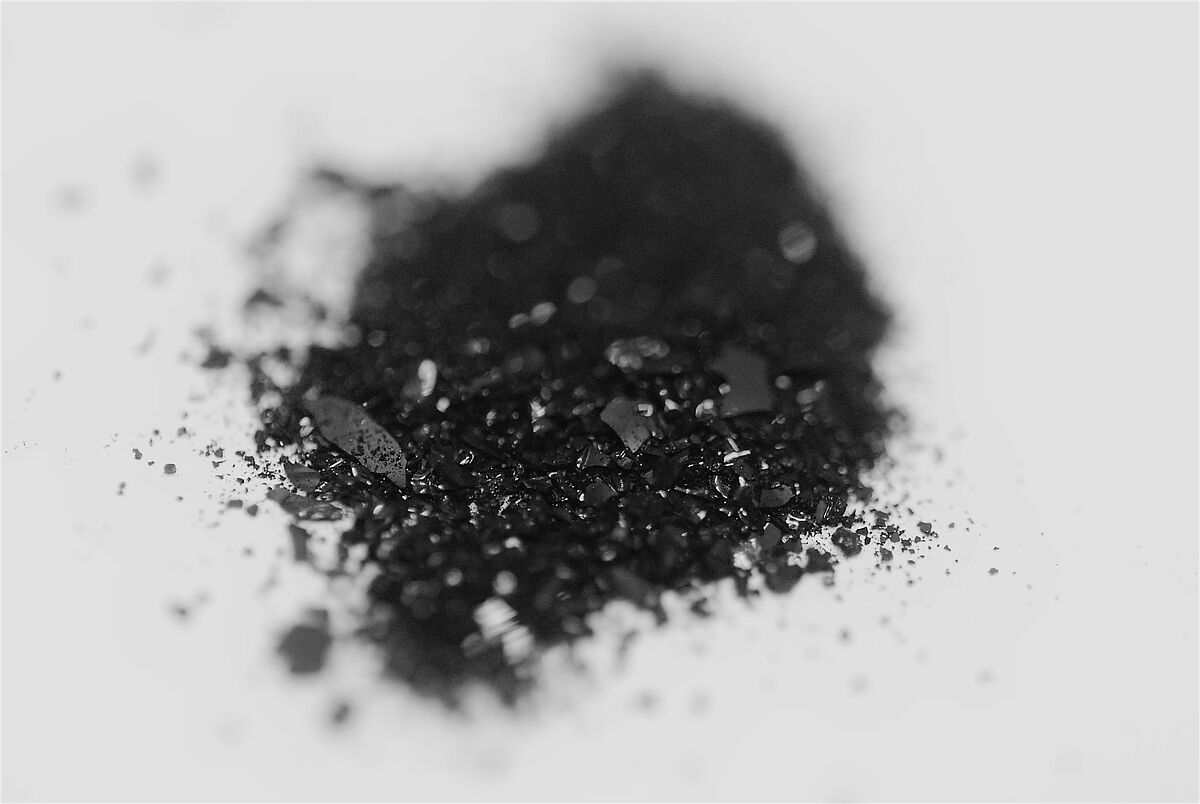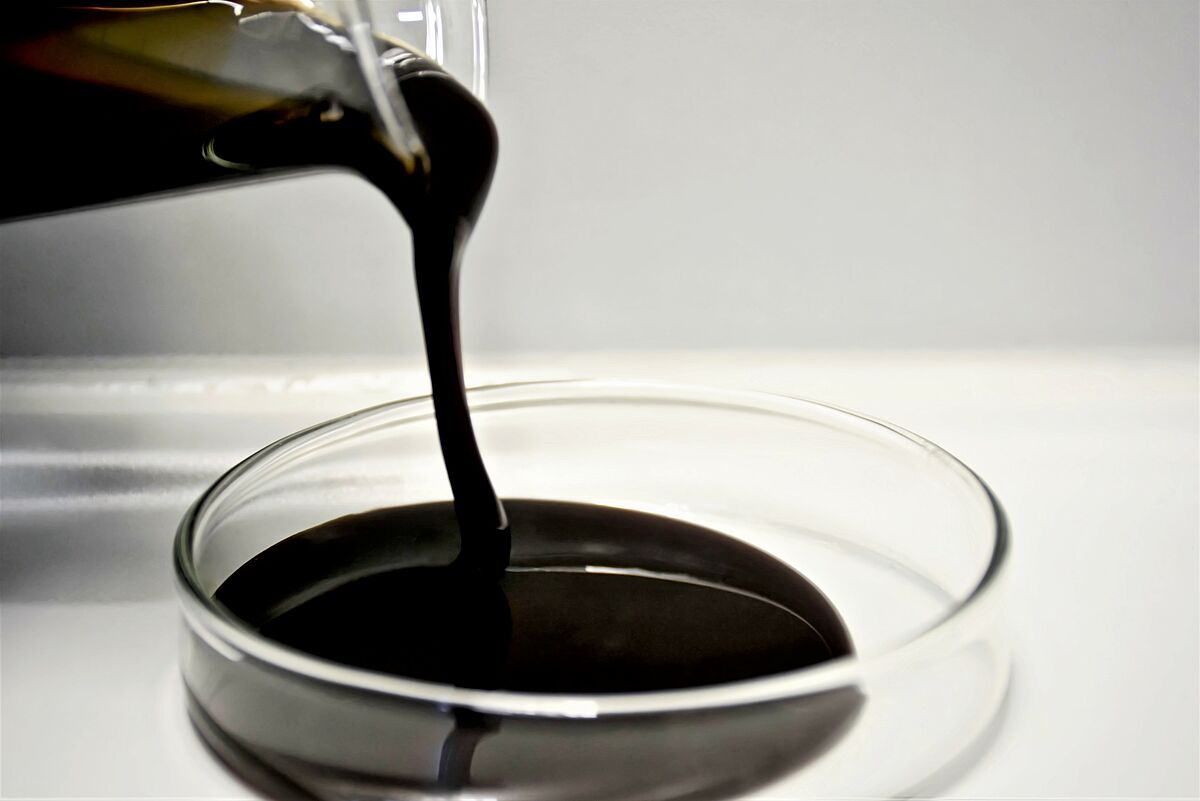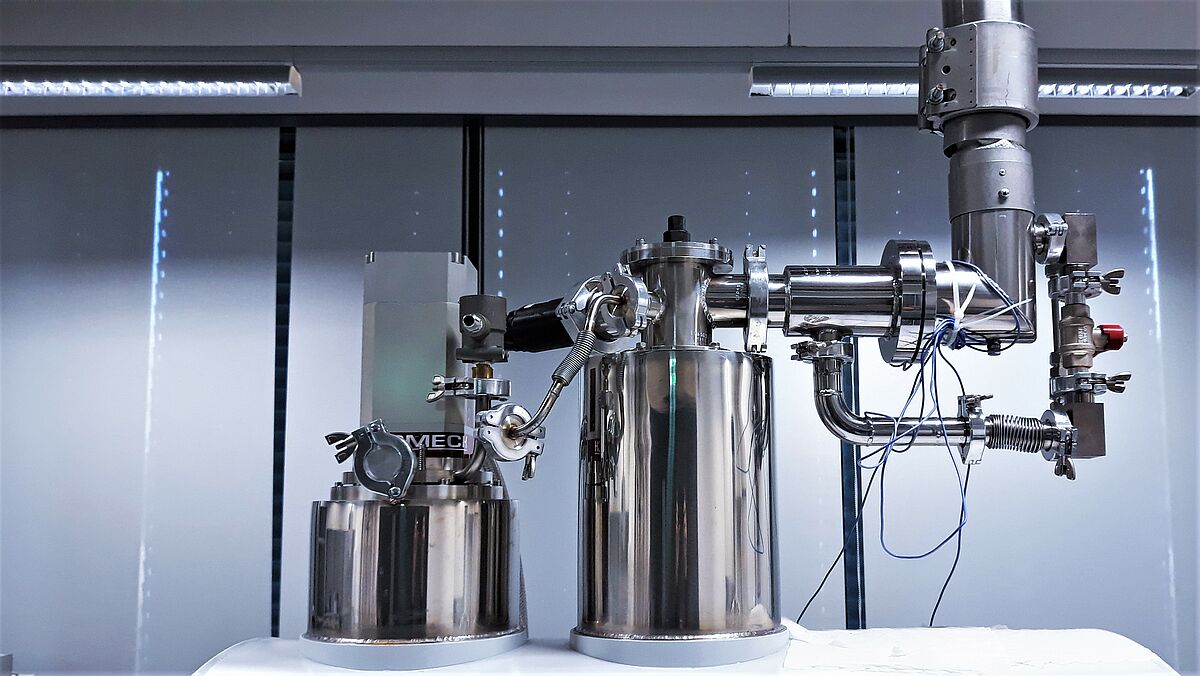Asphaltenes

The SARA fractionation method separates each crude oil fraction into saturated aromatics, resins, and asphaltenes based on solubility. Asphaltenes are soluble in toluene but insoluble in paraffinic solvents like n-pentane, n-hexane, or n-heptane. Heavy crude oils containing a small amount of volatile hydrocarbons are increasingly important for the oil industry. Heavy oils often have a higher asphaltenes content than light crude oils, leading to problems during production and refining, such as pipeline deposits and catalyst poisoning. Therefore, studying asphaltenes is of both scientific and industrial significance.
Investigation of Asphaltenes with high resolution mass spectrometry
What are the research questions for asphaltenes in the working group of analytical chemistry at the University of Rostock? The real molecular structure of asphaltenes is still not completely understood. We know, that asphaltenes are a complex mixture of non-volatile. high molecular organic compounds with various aromatic ring systems and a high content of heteroatoms. The chemical characterization of these high complex substances is an analytical challenge. One approach to characterize the asphaltenes comes from the research field of Petroleomics - the investigation of crude oil and its fractions on molecular level with high resolution mass spectrometry. The coupling of a thermo balance (TG) with a high resolution Fourier transform ion cyclotron resonance mass spectrometer (FT-ICR MS) enables the temperature-resolved investigation of the evolved gas mixture of desorbed or pyrolysed substances. Because of the ultra-high mass resolution and the high mass accuracy of the FT-ICR MS, sum formulae can be calculated from the measured mass and the measured species can be investigated on molecular level. MS-MS fragmentation reveals further insights into the core structures of the asphaltenes.
Might be interesting as well:
Literature
Rüger, C.P., Grimmer, C., Sklorz, M., Neumann, A., Streibel, T., Zimmermann, R. Combination of Different Thermal Analysis Methods Coupled to Mass Spectrometry for the Analysis of Asphaltenes and Their Parent Crude Oils: Comprehensive Characterization of the Molecular Pyrolysis PatternEnergy and Fuels 2018, 32(3), pp. 2699-2711
Rüger, C.P., Neumann, A., Sklorz, M., Schwemer, T., Zimmermann, R. Thermal Analysis Coupled to Ultrahigh Resolution Mass Spectrometry with Collision Induced Dissociation for Complex Petroleum Samples: Heavy Oil Composition and Asphaltene Precipitation Effects, Energy and Fuels 2017, 31(12), pp. 13144-13158
Rüger CP, Miersch T, Schwemer T, Sklorz M, Zimmermann R. Hyphenation of Thermal Analysis to Ultrahigh-Resolution Mass Spectrometry (Fourier Transform Ion Cyclotron Resonance Mass Spectrometry) Using Atmospheric Pressure Chemical Ionization for Studying Composition and Thermal Degradation of Complex Materials. Analytical Chemistry 2015;87(13):6493–9.
University of Rostock
Institute of Chemistry
Division of Analytical and Technical Chemistry
Department Life Light & Matter
Dr. Christopher Rüger
Albert-Einstein-Straße 25
18059 Rostock (Germany)
Tel.: +49 (0) 381 498 - 8990
E-Mail: christopher.rueger(at)uni-rostock.de



